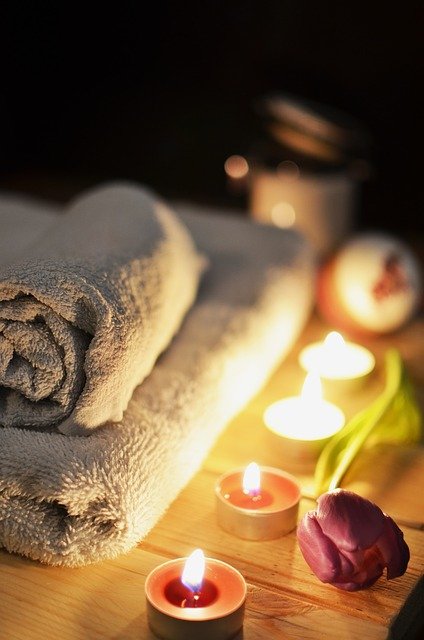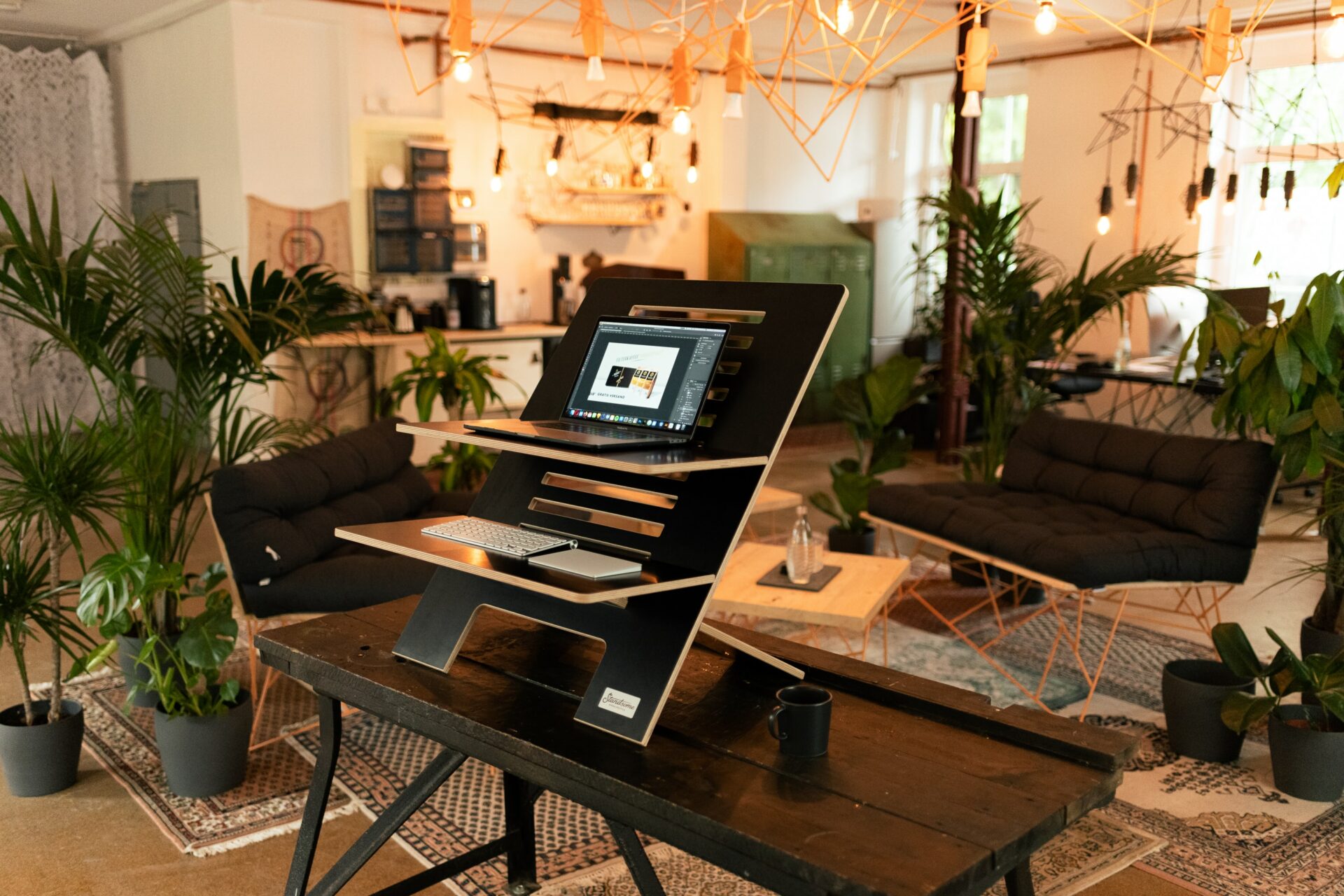Why is light so important, and how can you get the right amount of it?
From the dawn rays that beam through our bedroom curtains, to the piercing lights found in the aisle of your local supermarket, light – both natural and artificial – has a huge impact on our overall health.

Light is one of the cues our body uses to regulate its internal clock, or ‘circadian rhythm’. In the morning, it makes us feel alert and energised; in the evening, dimming light is recognised as a signal to sleep. We’re hardwired to stay awake when light is bright and feel sleepy as its gets darker.
‘Light is critical for our health and wellbeing,’ says Dr Victoria Revell, a chronobiologist at the University of Surrey. ‘Ensuring that we receive adequate light levels at the appropriate time of day benefits our alertness, mood, productivity, sleep patterns and many aspects of our physiology.’
If you’ve ever experienced jet lag, you’ll know the importance of keeping your circadian rhythm in sync. Here, we explore the importance of getting natural light, examine how artificial light affects your health, and run through the options for light therapy:
How much light do we need?
The amount of light we need really depends on the time of day and the types of activities we are trying to accomplish. During the day, we need high levels of light to stay alert, while in the evening and at night, we want to wind down and relax before heading to bed.
‘To ensure your body is getting enough light during the day, it’s important to spend an hour or more outdoors,’ says Sue Pavlovich, of the Seasonal Affective Disorder Association (SADA).
‘Getting outside for a walk in your lunch hour – even in the winter sun – will be good for you. Surrounding light, which is outside light that envelops you, is always better than artificial light because it’s stronger and brighter.’
‘Light is critical for our health and wellbeing.’
Sunlight typically registers anywhere between 50,000 and 100,000 lux (the unit used to measure light) – far higher than your average lightbulb, which is 250 to 500 lux, or even a light box, which reaches approximately 10,000 lux.
When it comes to getting some shut-eye, the less lux, the better. Anything from 5 lux has the potential to disrupt your sleep, so where possible, dim the lights and avoid screens for an hour before you head to bed – that includes phone screens, which can emit 40 lux of light, even from a distance.
Does artificial light have side-effects?
Over the last decade, there has been a wealth of research linking evening exposure to the blue light emitted from 0ur TVs, smart phones and other devices with a reduction in sleep quality. This type of electric light disrupts the natural rise in melatonin in your brain.
Melatonin is a hormone produced by the pineal gland in the brain between roughly 9pm and 8am, depending on your regular sleep patterns. When the timing or intensity of melatonin is disrupted, various physiological and mental functions are affected.
This can impact:
- your ability to sleep well.
- your ability to think clearly.
- the timing and release of other hormones.
- the regulation of blood pressure and glucose levels.
Persistent poor sleep may elevate your risk of developing illnesses and disorders, such as depression, type 2 diabetes, high blood pressure and cancer.
What is light therapy?
Getting enough outdoor daylight isn’t easy, especially if you work long hours or shift patterns. This is where light therapy can help. There are two types: sunrise alarm clocks and light boxes, a type of daylight simulation light.

Sunlight alarm clocks wake you up naturally with a gradual increase in light, which prompts the biological responses that make you feel refreshed, well rested and ready to tackle the day. If you feel lethargic and have trouble getting up in the mornings, daylight simulation lights can help.
Light boxes are different, says Pavlovich. They’re made to be used with your eyes open, so light falls directly on the eye. It’s important not to use them late at night, as they will disrupt your sleep and body clock.’
If you’re working from home and don’t have access to outside space, a light box or lamp can help to make up for the lack of natural light. People with seasonal affective disorder (SAD) will benefit from a daily session in front of the light; possibly two in winter.
Are light boxes safe?
Yes – when purchased from a credible manufacturer. ‘People should always make sure they buy products that are certified as a medical device,’ says Jill Laughlin, of light therapy specialist Lumie, ‘otherwise you have no real guarantee that a light box has actually been designed for this specific purpose.’
As for concerns that the light is bad for your eyes, Laughlin says, ‘Properly designed light therapy products will incorporate special screens and filters that ensure UV levels are negligible and safe.’
While a few people do experience side-effects, they’re usually only mild, including headaches, nausea and hyperactivity. ‘This can usually be solved simply by switching off the light and, over the next few days, gradually building up the time you spend in front of it to find a length of time that works best for you,’ says Laughlin.
References
Author: Anita Naik, Original article, https://www.netdoctor.co.uk/
Editorial Team
I help fin-tech digital product teams to create amazing experiences by crafting top-level UI/UX.


